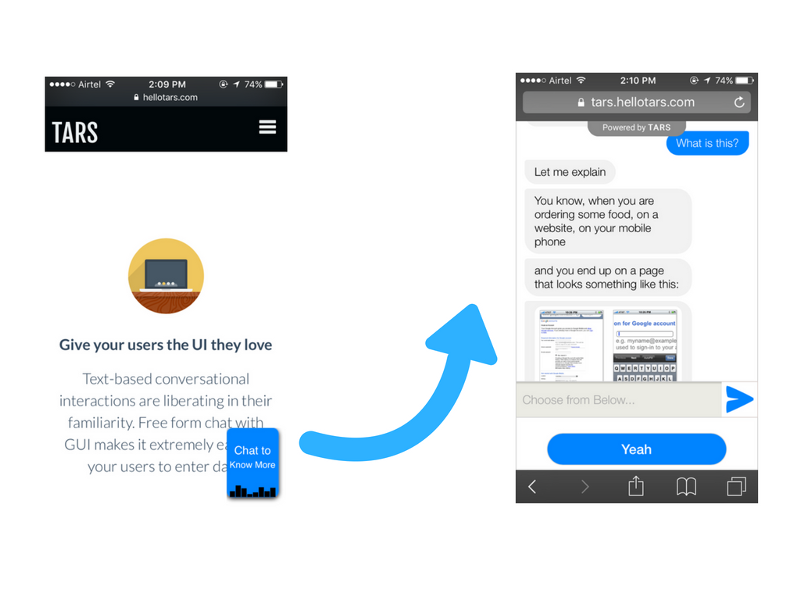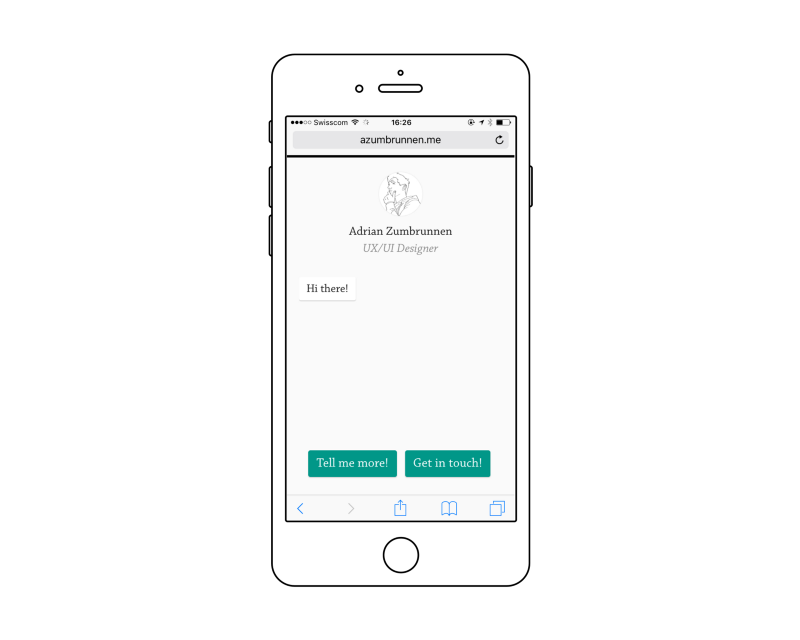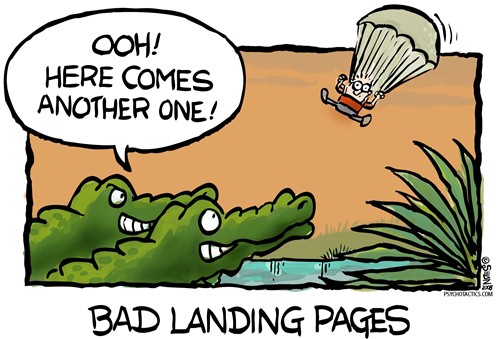The moral of the story:
Consumers have the attention spans of fruit flies.
Unless you can capture your whole message in an image with X-Pro II or in less than 140 characters then you might as well resign yourself to losing a majority of your potential customers.
So how do we get around this problem?
Ok bear with me here.
Rewind to when you were looking for car insurance.
You search for car insurance and click on the first link. A message bubble hovers on the screen (perhaps there is a picture). The message reads “Hi, How can I help you?”
You see a familiar input box at the bottom of the page. Maybe there are some quick replies suggesting what you can say. You tell the person on the other side what you need and they tell you whether they can deliver. You don’t need to do anything but wait for the messages to pop up and read them one by one.
But this is a pipe dream right?. People are not scalable. They get sick and they take leave when their cousin gets married.
Perhaps not.
Don’t get me wrong, people are definitely not scalable. But what if that person on the other side, was not actually a person?
What if it was actually chatbot that lives in a server sitting in an AWS warehouse?
Chatbots solve the problem of ever shortening attention spans.
Landing pages at a fundamental level are a way for you to convey your message to visitors without having to be present yourself. Chatbots are a person who can sift through that information in milliseconds and find what you might have taken seconds or minutes to find. They are in a sense a person you can hire for free to navigate a website for you. Chatbots are the permanent solution to replace the stopgap solution that current landing pages are.
After all what is a chatbot if not a more efficient landing page?
Whether you don’t believe us or think this is cool, you can checkout a few examples of how these ideas are being implemented in the real world. We have not made the leap yet ourselves, but we have put a prominent button on our homepage that opens up a bot that explains what we do.

To see an even more developed example, check out this homepage for a UI/UX designer named Adrian.

Other than being beautifully designed, it gives you an idea of how a conversational UI on a homepage can feel as familiar as the conventional webpages we are used to.

Arnav is the Director of Content Marketing at Tars. He spends most days building bots, writing about conversational design and scrolling through Giphy’s trending section looking for the gifs that go into the Tars Newsletter.

0 Comments on "Can you replace a Landing Page with a Bot?"